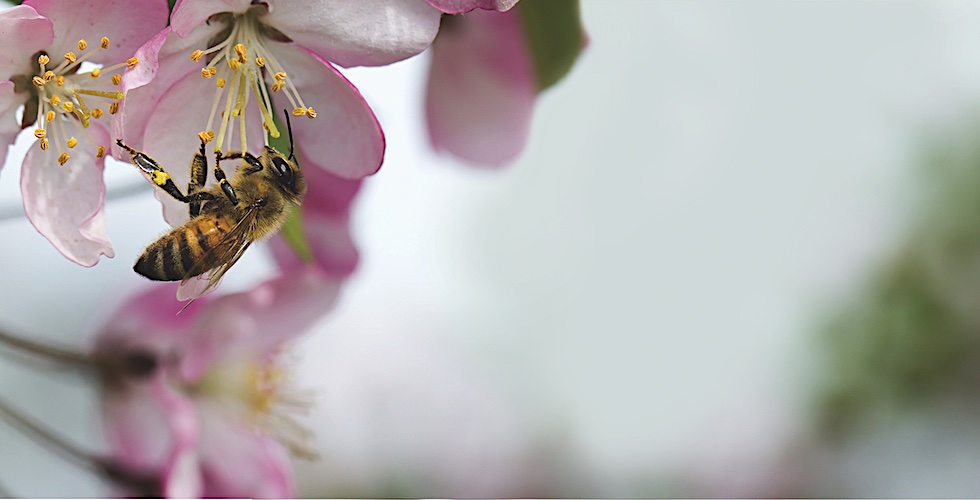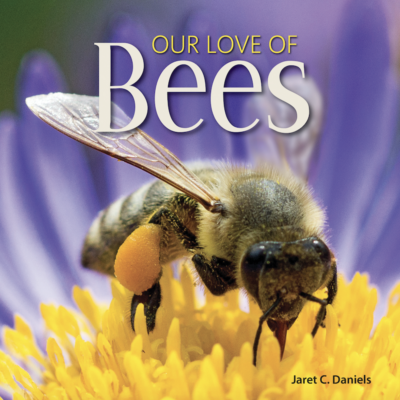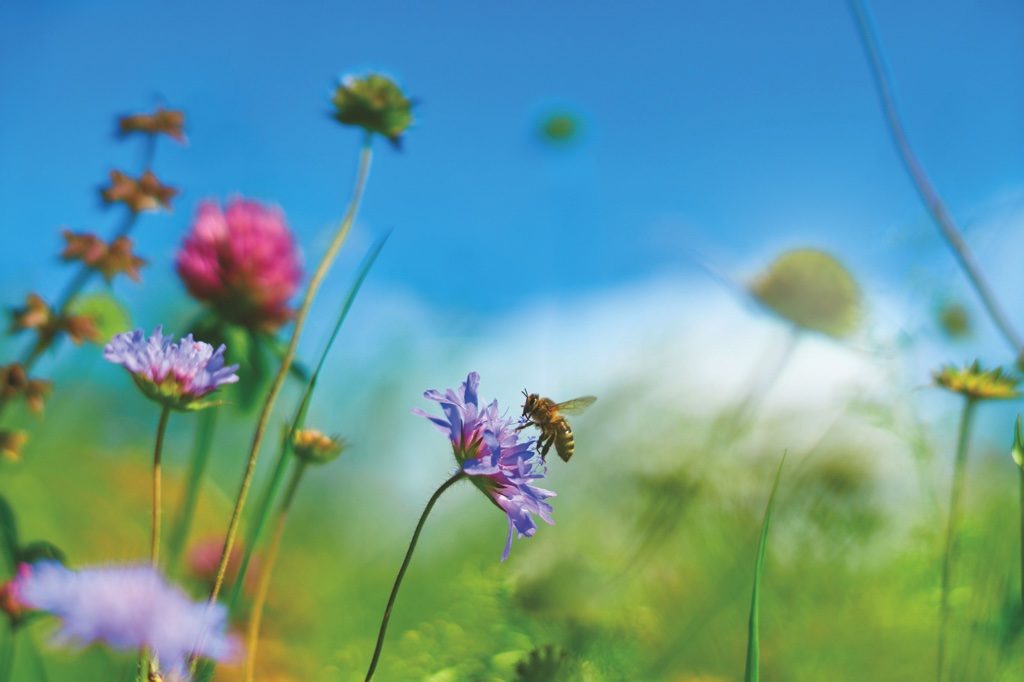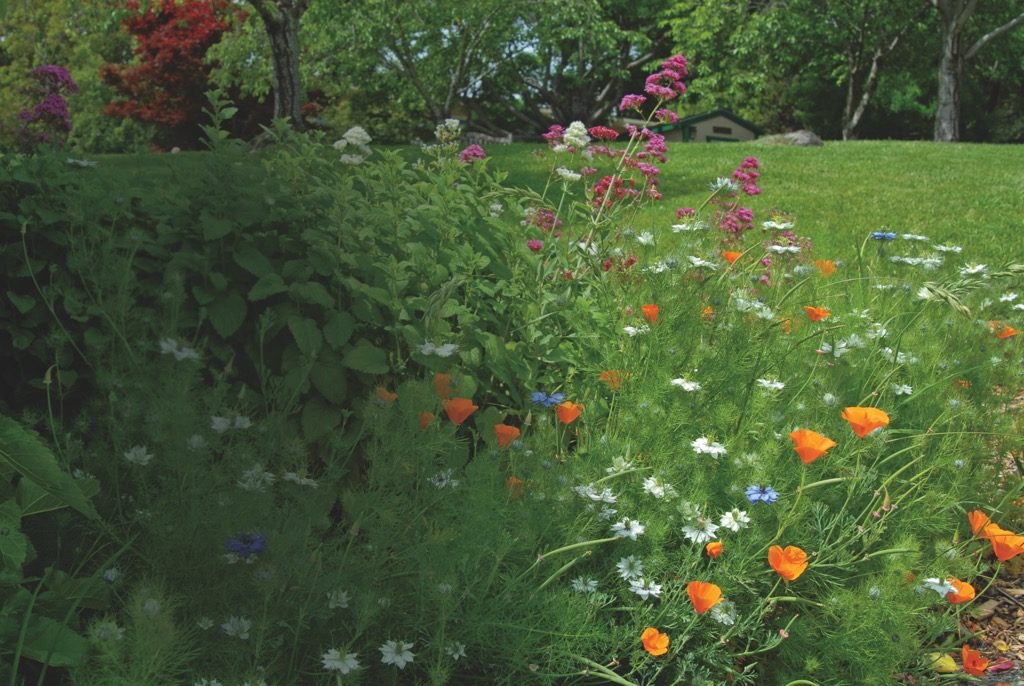
Creating Bee-friendly Spaces Where You Live
Jaret C. Daniels, author of Our Love of Bees, shares with us why it is important to create bee-friendly spaces right in your neighborhood. Find out how you can get started.

A WORLD WITHOUT BEES
Despite the critical role that bees and other pollinators play in natural and agricultural landscapes, they, like many other organisms, are increasingly vulnerable to a wide variety of threats. Habitat loss and fragmentation, overuse of pesticides, and a changing climate are some of the leading hazards. Such impacts have started to take their toll, resulting in mounting evidence of widespread population declines, both in native populations and domesticated bees.
In many ways, these valuable insects are our societal safety net. They help ensure that we have an ample supply of food, a productive economy, and a healthy environment. Bees provide so much and ask little in return.

COMMUNITY CONSERVATION AND WHAT YOU CAN DO
Bees don’t require very much to be happy. They do need a variety of flowering plants that provide pollen and nectar resources throughout the growing season, access to available nesting sites, and limited pesticide use. When it comes to effective conservation, every landscape matters, and no site is too small.

Bee-friendly sites can range from suburban gardens spanning several acres to just a small container showcasing a few blooming plants; it all matters. By creating bee-friendly spaces, together we can make a real impact; in the process, we’ll all get new opportunities to watch and learn about these fascinating, essential creatures.
HELP MAKE YOUR YARD BEE-FRIENDLY
To help make your landscape more bee- friendly, here are a few simple tips:
- Include a variety of blooming plants that vary in flower color, shape, and size.
- Use native plants.
- Select plants that bloom throughout the growing season.
- Maintain nesting resources. These include semi-bare, untilled ground; brush piles; and snags. Artificial nest boxes may also be provided. They are a fun an easy way to make nesting sites available to wood-nesting and cavity-nesting species.
- Minimize pesticide use.

The diversity of flowering plants available on the market is extensive. While there is no perfect list, here are some that are particularly bee-friendly: sunflowers, asters, blazing stars, foxgloves, mint, purple coneflowers, sedum, clover, coreopsis, beebalm, poppies, Joe Pye weed, spirea, ironweed, lavender, rosemary, black-eyed Susans, cosmos, blanket flowers, lupine, wild lilacs, and anise hyssop.
Check out more books by Jaret C. Daniels:
Backyard Bugs
Vibrant Butterflies.
If you loved reading about bees, you might also enjoy our blog posts about butterflies. Check them out!
The Elegant Life Cycle of a Butterfly
Butterflies—Favorite Visitors to Flowers and Gardens
For more stories about wildlife and nature, sign up for our newsletter now!


